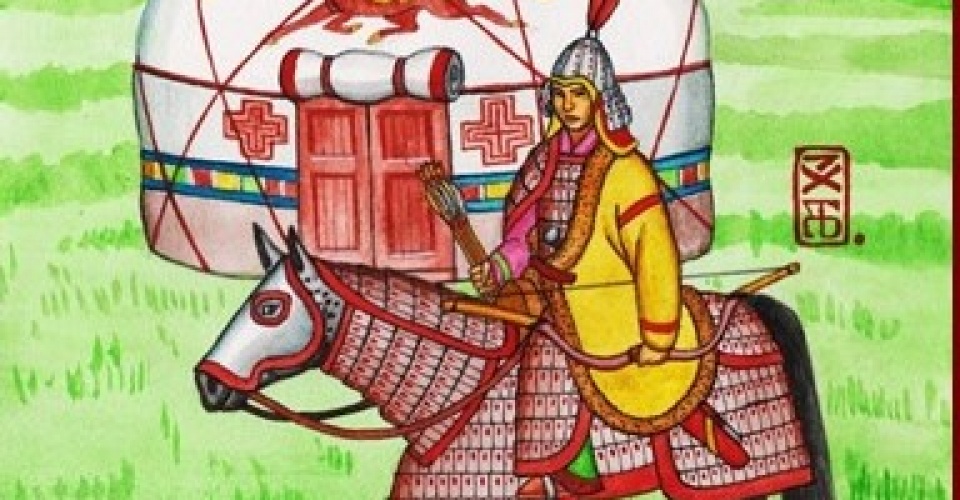Today is the “Day of Turkic Script” in Kazakhstan.
This day was officially declared as the “Day of Turkic Script” by the Parliament of the Republic of Kazakhstan in 2014 and was approved by a Government decree.
The choice of May 18 is not accidental — on this exact date, a copy of the Kül Tegin monument, inscribed with ancient Turkic words, was brought from the Mongolian steppe to Astana.
The Old Turkic script is known as runic or Orkhon-Yenisei script. It is considered the golden foundation of the historical and cultural heritage of Turkic peoples.
Inscriptions carved in stone were found along the Orkhon, Selenge, and Tola rivers in Northern Mongolia and are dedicated to historical figures such as Bilge Khagan, Kül Tegin, and Tonyukuk.
The ancient Turkic script was first discovered in the 1720s in the Yenisei Valley by the German scholar D. Messerschmidt, who served under Russian Tsar Peter I, and his companion, Swedish officer J. Strahlenberg. They noted its similarity to Scandinavian runes and named it “runic script.”
In 1889, N. M. Yadrintsev discovered large tombstone inscriptions in the Orkhon Valley. This was a major breakthrough in the field of Turkology.
The first person to decipher and read the Old Turkic texts was Danish scholar V. Thomsen, while the first to read them in the Turkic language was Russian Turkologist V. Radlov.



















